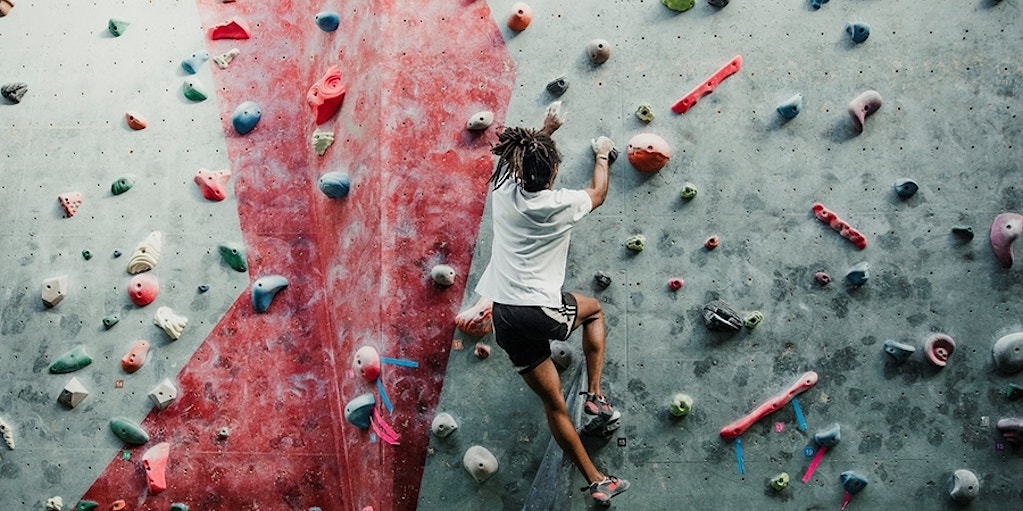
Agile intellectual property protection: the key to seizing value faster
Getting early intellectual property protection is critical to quickly delivering value from new products and services. Our experience shows that a number of organisations are adopting agile innovation methodologies which accelerate R&D but create challenges for the IP department that require adaptation.
We recently worked with a large consumer company to bring a new product to market and saw an opportunity to speed up the intellectual property capture process. The product development/R&D team was using agile ways of working to quickly iterate the product to meet customer needs, but the intellectual property team was rigid in its methods. Naturally, this created tension and inefficiencies, so we acted as a bridge between the two teams to bring some agile methodologies to intellectual property.
This is a common issue. When we surveyed 500 global business leaders, they told us they’d have to operate 30 per cent faster in the next five years if they’re to survive. For intellectual property, the shift needed is likely to be even more dramatic when you consider filing a patent can take at least six weeks.
And with R&D teams seeking feedback from customers on ideas and prototypes, intellectual property teams face new challenges around protecting the initial stages of the development process.
So, how can we make intellectual property work in this agile world?
The intellectual property capture process needs to be agile
The usual intellectual property capture process starts with an Invention Disclosure Form, then there’s a patent search before you assess the patentability, engage a patent attorney and finally draft, approve and submit the filing. This usually takes at least four to six weeks. But we’ve spoken with very agile start-ups that get the process down to two days. There’s no Invention Disclosure Form and the patent attorney sits in a workshop with the engineers to do the intellectual property capture, patent search, patentability assessment and filing of the application.
Such an agile process also ensures organisations can protect their intellectual property throughout development, as R&D gather feedback from customers to hone products and services. While traditional intellectual property capture tends to happen when the invention is almost finished, the agile process assesses the merits of incremental developments after each sprint and files any necessary provisional applications. Then, when the innovation is complete, the provisional applications combine to quickly create the final application.
The six steps of agile intellectual property capture
Based on what we’ve learned from our work with clients, we see six steps intellectual property teams must consider:
1. Establishing clear IP ownership rules at the start
Understand IP capture requirements and context and establish IP ownership rules. Everyone working on product and service innovations, whether it’s your colleagues, contractors or customers, must understand who owns the intellectual property from the start. That means putting clear intellectual property clauses into contracts.
2. Planning
Planning for a new product or service should include the creation of an intellectual property strategy that builds in agility. Doing this at an early stage makes it easier to plan for, and prioritise patents, trade secrets and designs.
3. Development
Involving the intellectual property team in the development of new products and services lets them capture a series of small innovations, quickly protecting new ideas with provisional filings or decide to keep them as trade secrets.
4. User feedback
Agile is based on short iterative cycles of work where user feedback is gathered before making changes or improvement in the next cycle. As these improvements can be the basis of an invention, when gathering user feedback, it’s vital to have clear intellectual property rules and the right non-disclosure agreements (feedback clause) in place to ensure innovations don’t leak.
5. Iteration
With iterations in agile organisations happening quickly, it’s important to capture changes to products and services in an innovation log and to keep the intellectual property team involved in ongoing development. They can then file an additional provisional application as the invention is being refined.
6. Finalising
When the intellectual property experts are integrated throughout the development of new products and services, they can quickly produce the final non-provisional filings by combining and narrowing the content of the provisional applications.
Moving towards agile intellectual property processes needs a big shift in culture – making such fast decisions takes intense training, revamped processes, innovative tools and empowered intellectual property professionals. External advisors can bring their experience and methodology which will need to be adapted to suit the organisation’s size, industry and culture. And, just as importantly, success requires commitment from senior management in the IP function.
As the pace of operation accelerates, adopting and embedding agile innovation methodologies throughout R&D and its support functions, such as IP, becomes even more critical and organisations need to transform fast to stay competitive. Combining our widely deployed agile transformation methodologies with our strong strategic IP experience, we will ensure IP departments can adapt and make their IP capture process agile.
Explore more







